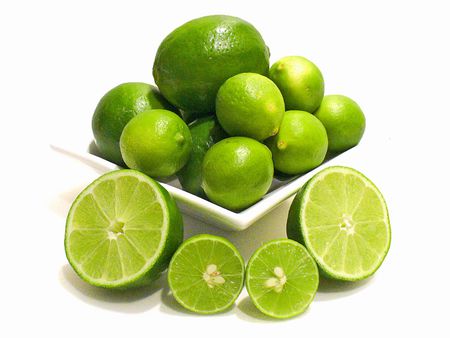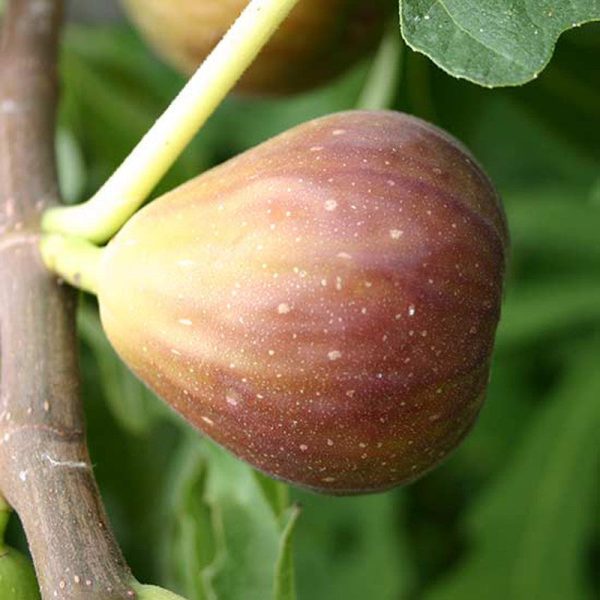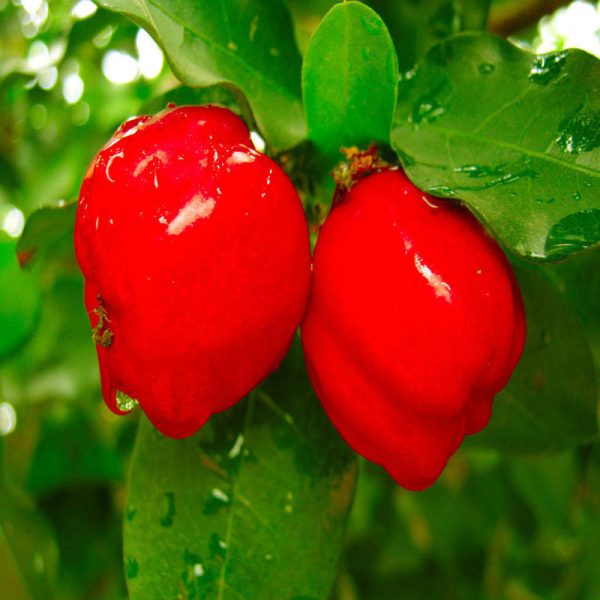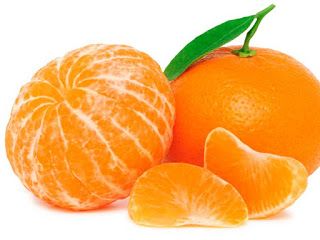Grow
Mulching and feeding
Apply a mulch of well-rotted manure to the soil in late winter, but leave a gap around the base of the stem, to avoid the risk of rotting.
Apply a general-purpose fertiliser when growth starts in spring.
Frost protection
Young shoots are extremely vulnerable to frost damage in spring and may require protection using horticultural fleece or old net curtains.
Pruning and training
Kiwis are best grown as an espalier, with a central stem and several tiers of horizontal branches on each side.
First put in place a series of horizontal wires along the wall or fence – our guide to espaliers gives more details of a suitable framework.
Alternatively, kiwi fruits can be trained over a pergola, allowing laterals to develop once the top of the pergola is reached.
Initial training
- After planting, cut back to 30cm (1ft). Tie in the new leading shoot to a cane attached vertically to the horizontal wires
- Train in a pair of shoots to grow along each horizontal wire. Pinch out the tips when they fill the allotted space
- Allow lateral shoots to develop at 50cm (20in) intervals
- Pinch out the tips of these shoots after they have developed five leaves – these will produce fruit the following year
Winter pruning
- Cut existing laterals back to three or four buds beyond the last fruited stems
- Each year, cut back about one-quarter to one-third of the oldest laterals to a bud around 5cm (2in) from the main stem. New growth will be produced from this stub in the growing season
Summer pruning
- Summer pruning is important to keep these vigorous plants in check
- During the growing season, pinch out any side-shoots that have developed from the laterals and any further shoots arising from the main arms. These short shoots will also produce fruit in the following season
- Once the fruit has set, pinch back the side-shoots, leaving four or five leaves beyond the maturing fruit
- Any non-fruiting laterals can be cut back to five leaves from June onwards
Propagation
Softwood cuttings can be taken in the spring. Alternatively, named cultivars can be grafted using whip-and-tongue grafting.
Layering may also be successful.
Plant
Buying kiwi plants
Kiwi fruits are vigorous plants that need plenty of space and twice-yearly pruning, so bear this in mind before buying. You will also need more than one plant (a male and female) to produce a good crop, unless you choose a self-fertile cultivar. Male plants don’t produce fruit.
So if you only have room for one plant, take care to buy a self-fertile cultivar.
There are several cultivars to choose from – either male, female or self-fertile – available from garden centres or online retailers.
Plants start to produce fruit three to four years after planting.
Where to plant
Kiwi fruits require a warm, sheltered, sunny position, preferably against a south- or west-facing wall, although they can be grown in the open in milder areas. Young shoots are extremely vulnerable to frost damage in spring and may require protection.
They grow best in fertile, well-drained, slightly acid soil that is rich in organic matter, so dig in plenty of garden compost or well-rotted manure before planting.
Kiwis are vigorous vines and need a large, sturdy support, such as a wall, fence or pergola.
Unless you’re growing a self-fertile cultivar, you need to plant a male cultivar as well as females. One male plant can pollinate up to eight female plants nearby.
How to plant
Kiwi plants are best planted in spring as the soil and weather warm up.
If planting more than one, space them 3–4.5m (10–15ft) apart (although a male should be positioned closer, only 60cm/2ft away from the female).
Harvesting
Plants usually start fruiting three or four years after planting. Hardy varieties are the most likely to fruit in the UK.
Kiwi fruits need a very warm, long summer and autumn to ripen outdoors. Pick any remaining unripe fruit before the first frost, then ripened indoors by placing in a bowl with other fruit. When ripe, they should give slightly when gently squeezed, although they may take several weeks to reach this stage.
Harvested fruit will keep for up to three months in a pierced plastic bag in a fridge.
Recommended Varieties
‘Hayward’ (female)
‘Jenny’ (self-fertile)
Actinidia arguta ‘Issai’
Tormuri (male)
Common problems
Kiwi fruits are generally strong, vigorous plants when grown in suitably warm, sheltered locations. However, they can suffer from a few problems:
- Frost can damage new growth in spring
- Drought can cause drooping leaves, brown edges to the leaves and even complete defoliation
- Leaf scorch may show as brown edges to the leaves and may be caused by drought or drying winds
- Nutrient deficiencies may also be a problem, particularly in chalky soil
- Fungal diseases – like many other woody climbers, kiwi fruit may succumb to honey fungus or phytophthora root rot















Reviews
There are no reviews yet.